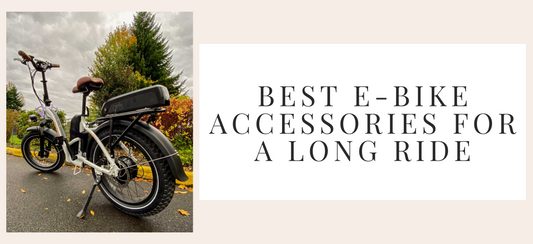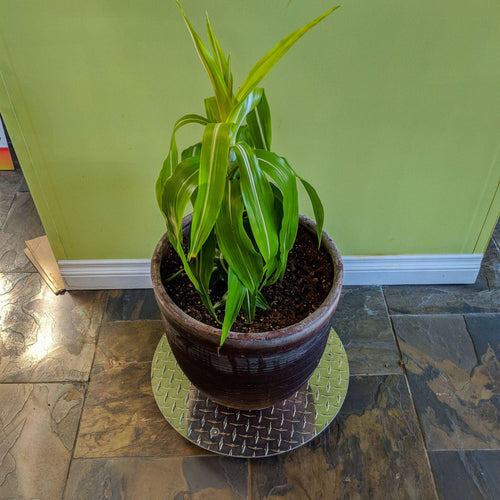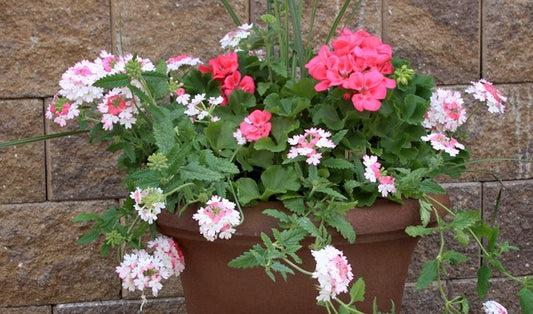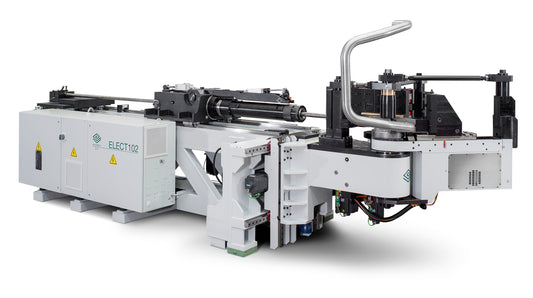For many people, modern gardening is a beautiful balance of living plants and inanimate decor -- a blend of colors and textures and shapes -- all coming together to create a visual masterpiece and relaxing environment. Metal components are gaining popularity in outdoor designs because they can be either structural or decorative in nature and come in almost limitless possibilities, giving you plenty of creative liberties if you want to incorporate metal in your garden.
Types of Metal
There are four types of metals commonly used in outdoor gardens: steel, aluminum, zinc, and copper.
Corten steel, is a special steel alloy that develops a surface rust but will not rust all the way through. This increases its lifespan and durability, making it a favorable way to gain an antiqued look without sacrificing the strength of a piece.
Stainless steel is popular as it comes in different grades of corrosion resistance; it is liked too for the different finishes that are available. The weight of steel products can be beneficial in windy areas too, keeping items from blowing away.
Powder coated aluminum is lightweight, with a scratch proof surface that protects it from rust and UV rays. It has the same look as steel with much less heft. The lighter weight allows for easy rearranging and putting into storage during winter months.
Over time, zinc develops a bluish-grey patina as it is exposed to the natural outdoor elements and continues to age; this patina offers a unique color for use in the garden while simultaneously protecting the surface from rust and corrosion.
Similar to zinc with its blue-grey patina, copper is known for its characteristic green patina. With exposure to the elements, copper decor changes from the color of a bright, shiny new penny, to a more burnished brown, and then to the well-known greenish hue.
Creative Ways to Use Metal in Your Garden
One of the best things about metal is the ability to bend and form it into intricate designs and shape. This characteristic means as a consumer you have plenty of creative ways to use metal in your garden.
Even if you are working with limited space, and don’t have much room for extra decor, planters are one of the easiest ways to incorporate metal in your garden. Either buy planters from a home and garden center or upcycle items you might already have such as washtubs, children’s toys, and old watering cans.
Outdoor sculptures range from simple, understated spinners to large, ornate, custom-made pieces. Different metals can be mixed to create a variety of colors and finishes within a single piece.
Metal is a great tool for training plants to climb. Unlike wooden trellises or arbors, metal never needs to be stained and won’t rot or crack after being exposed to harsh sunshine, rain, and snow. Metal is also easier to form into curves, creating ornate patterns within the structure. You could even use an abstract stainless steel sculpture as a trellis for shorter climbing plants.
Without a doubt, outdoor or patio furniture may be the most common metal element in backyard and garden designs. With many choices in steel, aluminum, and wrought iron you can choose from simple bistro sets to elaborate couches and dining table. The different types of metals let you customize furniture to your tastes, climate, and budget.
Often time forgotten about, or overlooked when planning a garden, wind-chimes add both melodic notes and an aesthetic flair to your garden. Their peaceful, tranquil sounds are relaxing on a cool summer night and add visual height when hung from a shepherd's hook.
Signs can add whimsical sayings to your garden, or simply greet visitors to your space like this welcome sign. Hang them on your fence or mount them directly on a wall to express your personality.
Privacy screens are a great way to create divisions within your yard while also keeping the prying eyes of neighbors out of your business. They are commonly found in steel, aluminum, and copper and can be laser cut into simple geometric patterns or custom designs. Another great benefit to using them is they allow airflow!
For outdoor spaces with a modern or mid-century style, metal edging is a great finishing touch for flowerbeds and vegetable gardens. Unlike plastic edging, metal will not become brittle in the cold; unlike pavers, metal won’t chip or crack. One of the best benefits though is the ability for metal edging to resist damage from lawn tools such as trimmers and mowers.
There are many different ways to add a variety of metal components to your garden: furniture, wind-chimes, signs, privacy screens, etc. The unique characteristics of the different types of metals allow you to choose pieces that fit your design. Some will resist the effects of the elements and others will gradually develop a gorgeous patina over time. Adding metal touches is a great and easy way to turn your garden into a visually stunning outdoor space.





